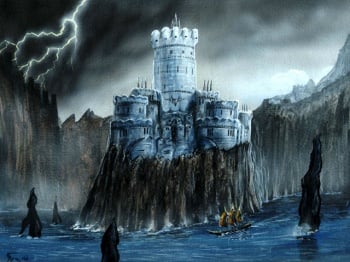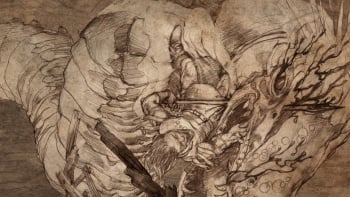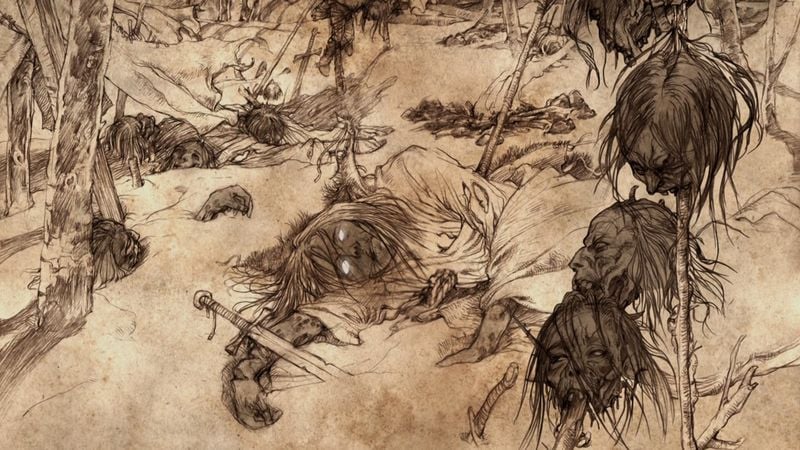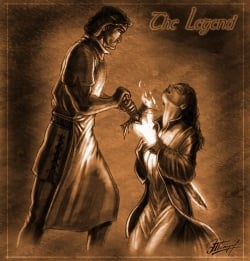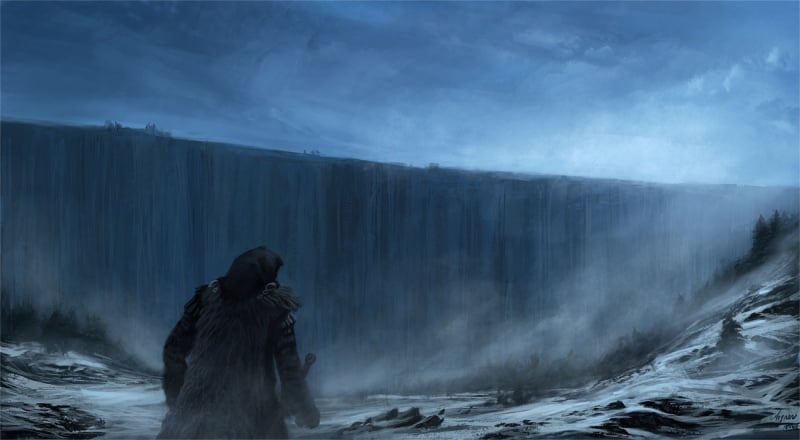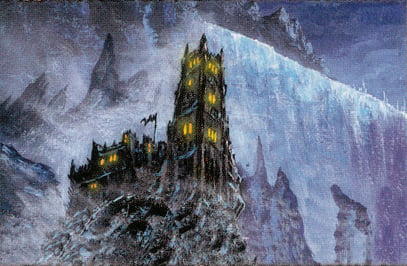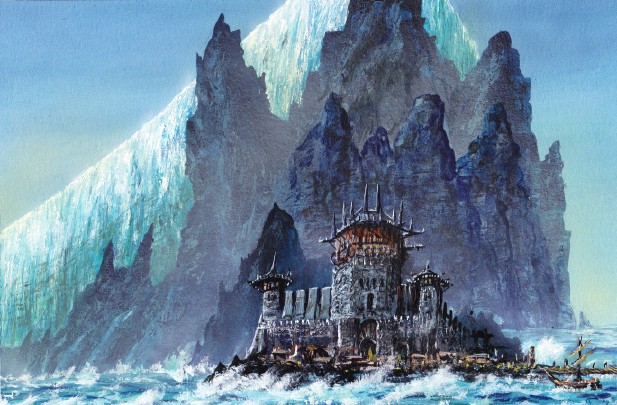*banjo plays*
If you've grazed late-night television any time in the past 17 years, you've probably come across a warning message not too dissimilar from the one above. It is the advisory warning for Comedy Central's "South Park" which is brought to us by the great minds of Trey Parker and Matt Stone. It is then followed by everyone's favorite banjo tune:
There is one thing about South Park that is really, really funny: the show was pitched to FOX and they turned it down (just like they ruined Futurama and got Arrested Development cancelled). FOX may have hit with The Simpsons and Family Guy, but I don't know too many people who still view those shows as being incredible. Meanwhile, season 15 of South Park may have been the show's best season, and the show was recently extended through Season 20.
Anyway, that's enough back story. Let's get into some lists!
Best Characters
1. Eric Cartman
In the world of comedy, it doesn't really ever get better than Cartman. You can try all you want, but the gold standard of animated comedy is the one often known as "Fat Ass". Whether he's poking fun at Kyle for being a no-good, dirty Jew or being incredibly ignorant about a variety of political topics, it is rare for Cartman to produce words/actions/moments that are not funny. I'll leave you with this:
2. Butters Stotch
It might be that his character just plays extremely well off of Cartman, but I've always viewed Butters as the second best character on the show. He's always put in the most ridiculous situations, and he is certainly the most naive/innocent of the bunch.
3. Randy Marsh
Randy's character really developed late into the show. Early on, the show utilized Chef, Jimbo, and Garrison as the main adult characters. However, since the middle seasons Randy has carried the group of adults on the show. The primary reason for this is that his character (and most adults on the show) are presented as dumber than the kids are.
Individual Moments of Glory
No rankings here, just some of the best moments on the show:
The Royal Wedding http://www.southparkstudios.com/clips/385746/the-royal-wedding#searchterm=royal%20wedding
Drugs Are Bad http://www.southparkstudios.com/clips/150415/drugs-are-bad-again#searchterm=drugs%20are%20bad
The Llama Brothers http://www.southparkstudios.com/clips/189022/the-llama-brothers#searchterm=interrogation
They're Going to Blow up the Barrier! http://www.southparkstudios.com/clips/163664/theyre-going-to-blow-up-the-barrier#searchterm=imagination%20land
Go and Hug a Tree: http://www.southparkstudios.com/clips/254168/go-and-hug-a-tree#searchterm=poker%20face
And my personal favorite:
Asian Diversity Day: http://www.southparkstudios.com/clips/387864/asian-diversity#searchterm=city%20sushi
Favorite Episodes
1. City Sushi
Asian Diversity Day pretty much carries the episode on its own, but this whole episode is hilarious. It is a Butters-centric episode that also focuses on the owner of "City Wok". If you like really racist Asian accents and Butters' imagination being treated as multiple personality disorder, you should check this out.
This episode and "tsst" are probably Cartman's two best episodes as a character. In this, the boys are forced to join the musical group "Getting Gay With Kids" as they explore the wonders of the rain forest. Jennifer Anniston guest stars, and Cartman gives us a lesson in tough love.
3. Goobacks
Just for the funniest line in the entirety of the series: "This is even gayer than all of the men getting in a big pile and having sex with each other" (in reference to volunteer work that will make the world a better place). Also, "They tookederjobs!"
4. Tsst
The dog whisperer teaches Ms. Cartman how to handle her son. "Give me some chicken!"
I'm a baseball guy, so the episode with the running joke that baseball season is long, boring, and kids want to do other stuff is really funny to me. "Yay, no more baseball!"
Conclusion
This wasn't so much a blog post as it was me sharing my favorite South Park things, but that's what this blog is for! Now I just have one last statement to make:
I broke the dam.


